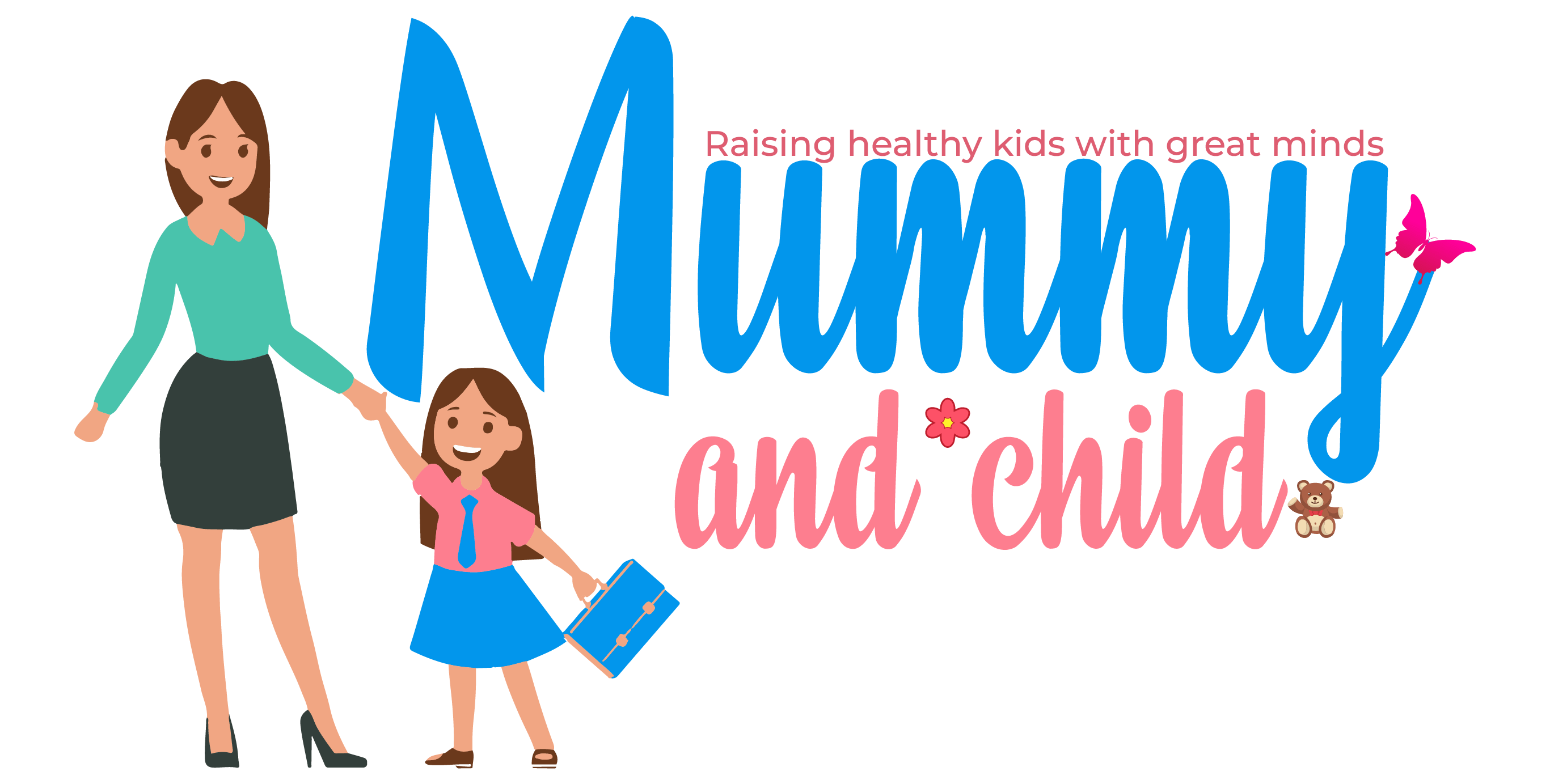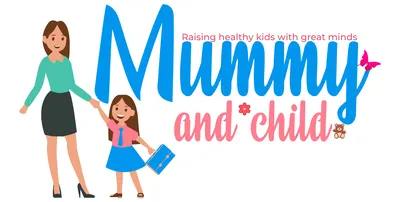All women are familiar with the important role that hair plays in our lives. It’s a symbol of beauty, style, even femininity, so when we experience hair loss, it can be very distressing. If you have noticed that you’re losing hair much faster than the expected 50-100 strands a day, then it may be time to take a closer look at what the cause is. Thankfully, there are multiple ways to handle hair loss, and here, we’re going to explore both the common causes and what you can do about it
The Causes
First of all, let’s take a look at the common causes. Hormone changes are one of the most common, and hormonal imbalances can be caused by all manner of issues, including menopause, pregnancy, and postpartum, as well as conditions like PCOS (polycystic ovary syndrome) and thyroid disorders. When it comes to hormonal hair loss, the effect is often temporary, as addressing the imbalance can cause your hair to grow back as it should.
Female pattern hair loss, also known as androgenetic alopecia, is the most common cause of non-temporary hair thinning in women. It typically leads to gradual thinning at the crown and widening of the part rather than complete baldness. Unlike male pattern baldness, which results in a receding hairline, FPHL usually affects the overall density of hair.
Mental health and your hair can be more linked than you might think, as well. Emotional and physical stress can trigger excessive hair shedding. Other lifestyle factors such as nutritional deficiencies can play a big role as well. A lack of essential nutrients like Iron, Vitamin D, protein, biotin, and zinc can all weaken your hair and lead to excessive shedding.
Even the steps we take in our hair care routine can play a significant role in hair loss. For instance, too much use of heat-styling tools, tight hairstyles, and chemical treatments can weaken the hair shaft. This leads to breakages and hair loss.
The Solutions
There are many different causes of hair loss, each of which may need to be addressed at the root to ensure that your hair comes back better. Working with a dermatologist or your doctor can help you address issues like hormonal changes. Often, when you treat the root cause, you can begin to notice results in your hair growing back. Similarly, deficiencies can be treated by ensuring that you’re eating a well-balanced diet, which can be aided with the help of supplements.
For women with severe hair loss or thinning that doesn’t respond to other treatments, hair transplants can be an effective long-term solution. Treatments from providers like the Silicon Valley Hair Institute can see them taking healthy hair follicles from other areas, such as parts of the head with thicker hair, and transplanting them to thinning and balding areas. This is a permanent solution for hair loss, providing that the individual is applicable (such as having a good donor area to take from)
Medication can play a key role in helping to improve hair regrowth, as well. Rogaine (or minoxidil) is the recommended treatment for female pattern baldness, stimulating hair growth while slowing down hair loss. Some may also recommend platelet-rich plasma therapy, which involves drawing your blood and separating the plasma from it to inject into the scalp to improve hair growth.
There are other more general ways to help improve hair growth, as well. For instance, ensuring a healthy and balanced diet, rich in iron, protein sources, omega-3 fatty acids, as well as biotin and zinc-rich foods like eggs, avocados, and almonds can ensure that hair grows stronger and less likely to break.
As stress can often be a major contributor to hair loss, it may be important to take a closer look at your mental health, as well. Practicing stress management and relaxation techniques like yoga, meditation, or regular exercise can help manage stress levels and support hair health. Lastly, investing in more gentle hair care practices can make a significant difference. Switching to sulfate-free shampoos, avoiding excessive heat styling, and minimizing harsh chemical treatments can protect hair from further damage.
Finding The Right Approach To Your Hair Woes
As we’ve explored, there’s no one size fits all solution to hair loss, but that doesn’t mean there’s no way forward. Often, ensuring that your hair is growing back stronger and healthier means finding the approach that directly tackles the problem at its roots. No matter the cause of hair loss, taking action early and exploring the right solutions can help women regain their confidence and enjoy healthy, beautiful hair.



Comments are closed.